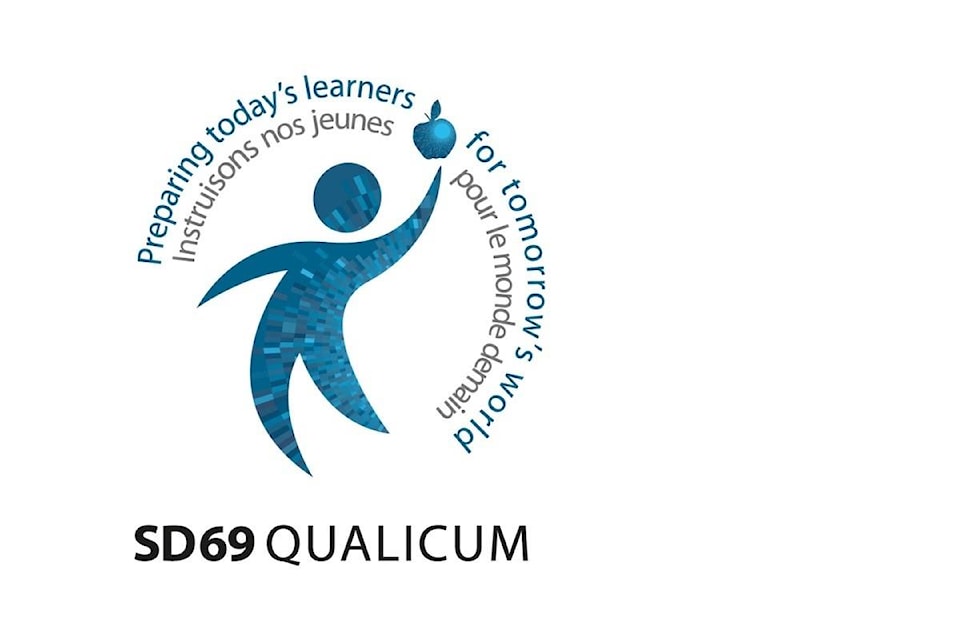School District 69 trustees are worried that the B.C. teachers’ win at the Supreme Court last year, which is expected to reduce class sizes and increase the number of teachers, could actually mean a loss here.
That was the concern Tuesday, March 28 at an SD69 board meeting, where secretary-treasurer Ron Amos laid out the funding estimate the province has given for teachers — $1,424,487, plus $344,409 in addition for “overhead.”
“At this juncture, with the money that we’ve got, it isn’t enough to keep the staff that we have,” said Amos in an interview after the meeting.
The numbers have caused concern amongst trustees, SD 69 administration and the Mount Arrowsmith Teachers’ Association president, Norberta Heinrichs.
“I’m very concerned,” Heinrichs told the board. “My fear is that we are going to have fewer (teachers).”
That is the opposite effect the Supreme Court decision was expected to have.
While some of the province’s funding decisions confounded SD 69 staff, with superintendent Rollie Koop saying there appeared to be no “rhyme or reason” to the province’s overhead funding figure, Amos said that, based on the province’s communications to school boards, some of these numbers may very well change.
“They will guarantee us that amount of money ($1,424,487),” Amos said in an interview after the board meeting.
“What they are also basically saying is, ‘In some districts we know this may not be enough, and we expect you to submit your plans.’”
But that’s where things get awkward.
School districts are required to submit their staffing plans by April 28, which will lay out what services the district intends to provide to students, and at what staffing levels. In SD 69’s case, the plan will be an attempt to justify the need for more funding. But that extra funding, if it does come, won’t arrive for a while.
“Some districts are going to be staffing with the hope that they are going to get the funding all the way to December,” said Amos. “But up to that point, they’ve been paying these teachers.”
In an effort to deal with the possible change in funding, the trustees passed a motion allowing administration to develop a staffing plan without having a specific budget, but which would also outline options the board can vote on whether funding increases or remains the same. The motion was carried.
Trustees Julie Austin and Elaine Young suggested this lack of initial funding was due to SD 69 making hard but positive decisions to keep on staff like librarians, counsellors and other teachers who aren’t in charge of particular classrooms, despite difficult times. In some cases, the school district’s ratio of specialist teachers to its student population exceed the ratios outlined in the 2002 agreement, the bargaining language of which has now been reinstated.
Amos said he thinks the low funding numbers are because the language of the agreement with the local teachers’ union doesn’t give specific numbers on certain staffing requirements in a way that was easily quantifiable for the province. Instead, the agreement uses school-based teams, which allow the individual school or teacher more leeway in figuring out what resources are needed for particular students or classes.
Heinrichs asked the board, if it had to choose between reducing the number of classroom teachers, or reducing the number of non-enrolling staff (like learning assistants, librarians, special needs teachers and other specialist teachers), which choice it would make.
Koop said that could not be answered at the moment, but that several options would likely be offered to the board in the event that such a choice had to be made.
However, school district staff made it clear they are on the same page as the union in this.
“Just tell us what you need from us, and we’ll provide it,” said Heinrichs.
